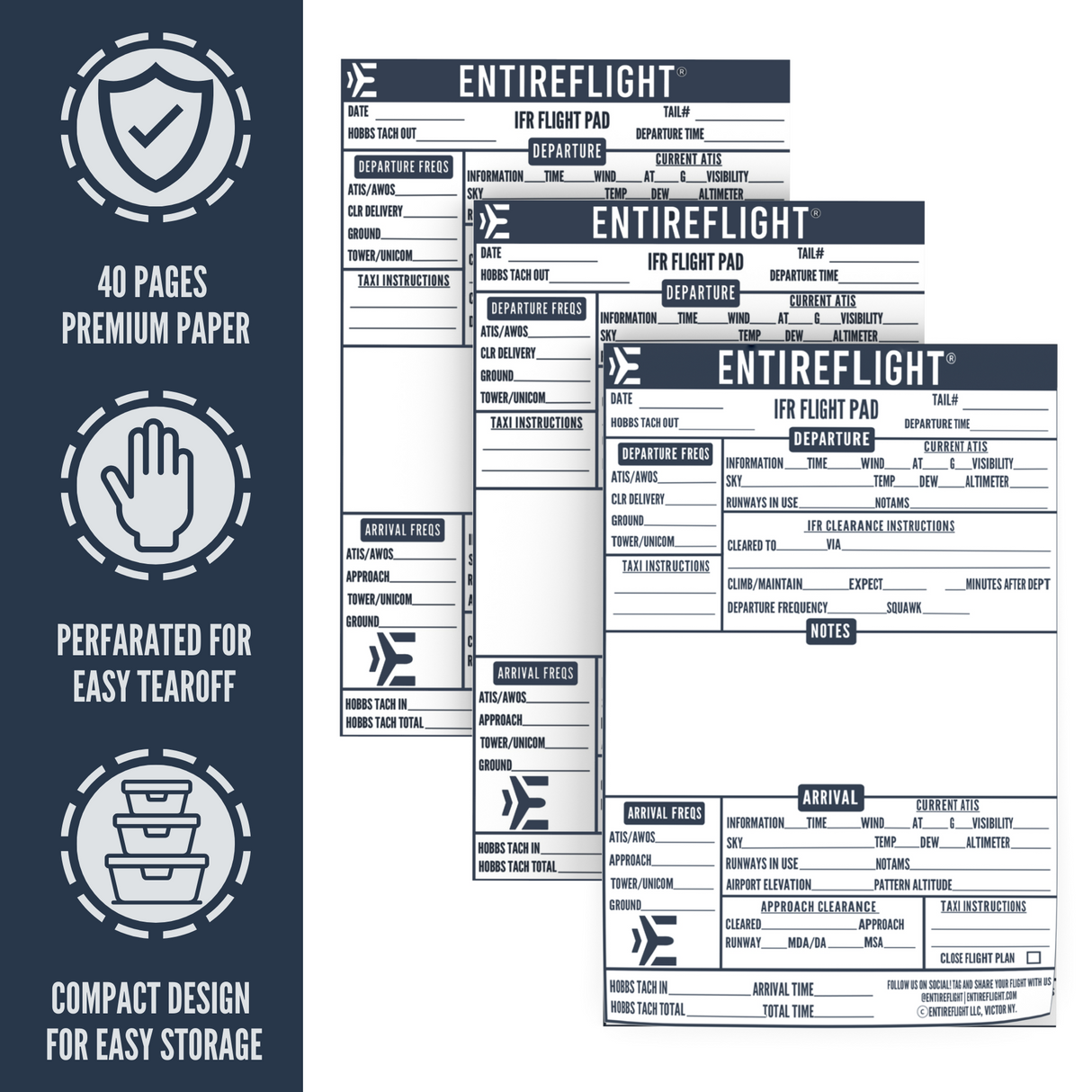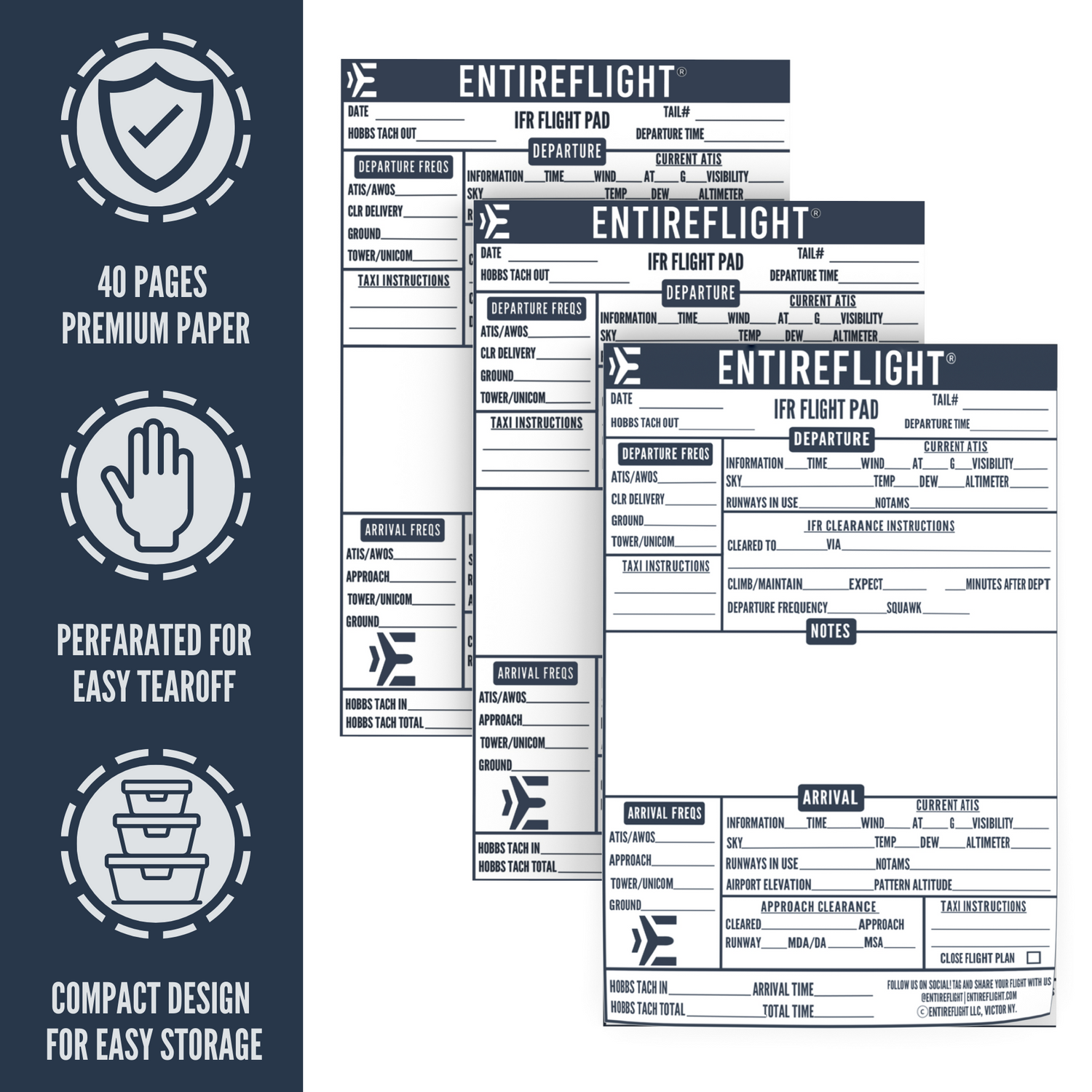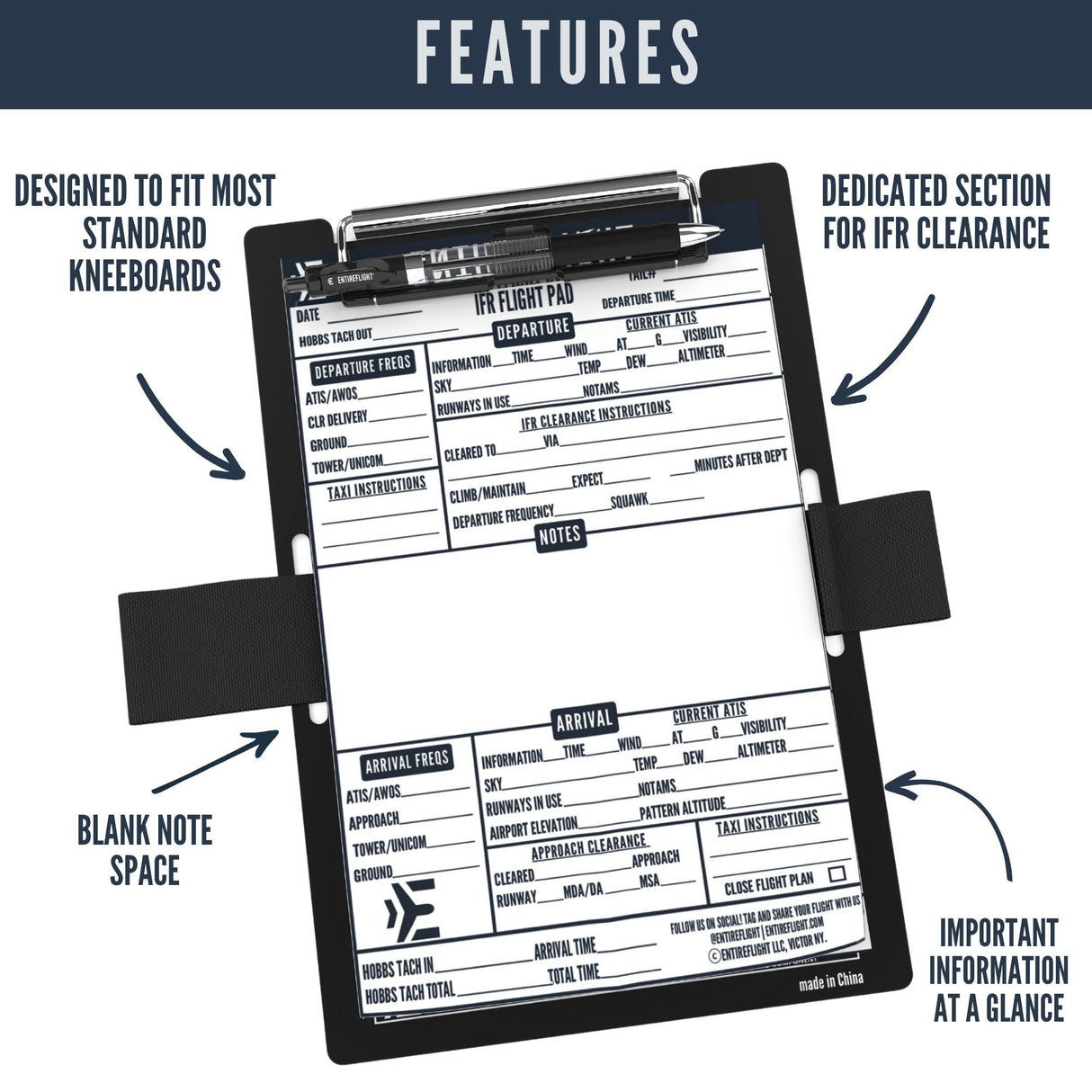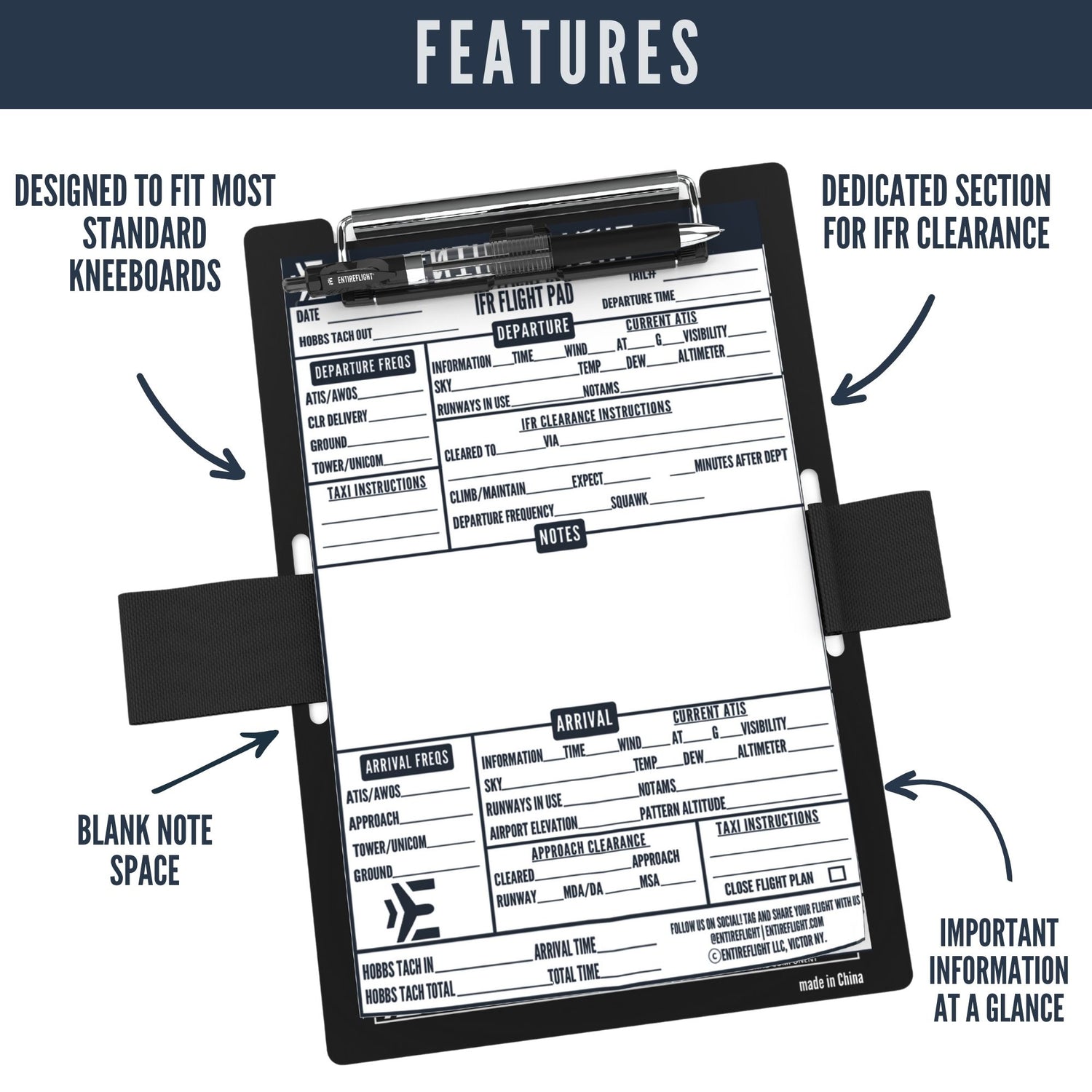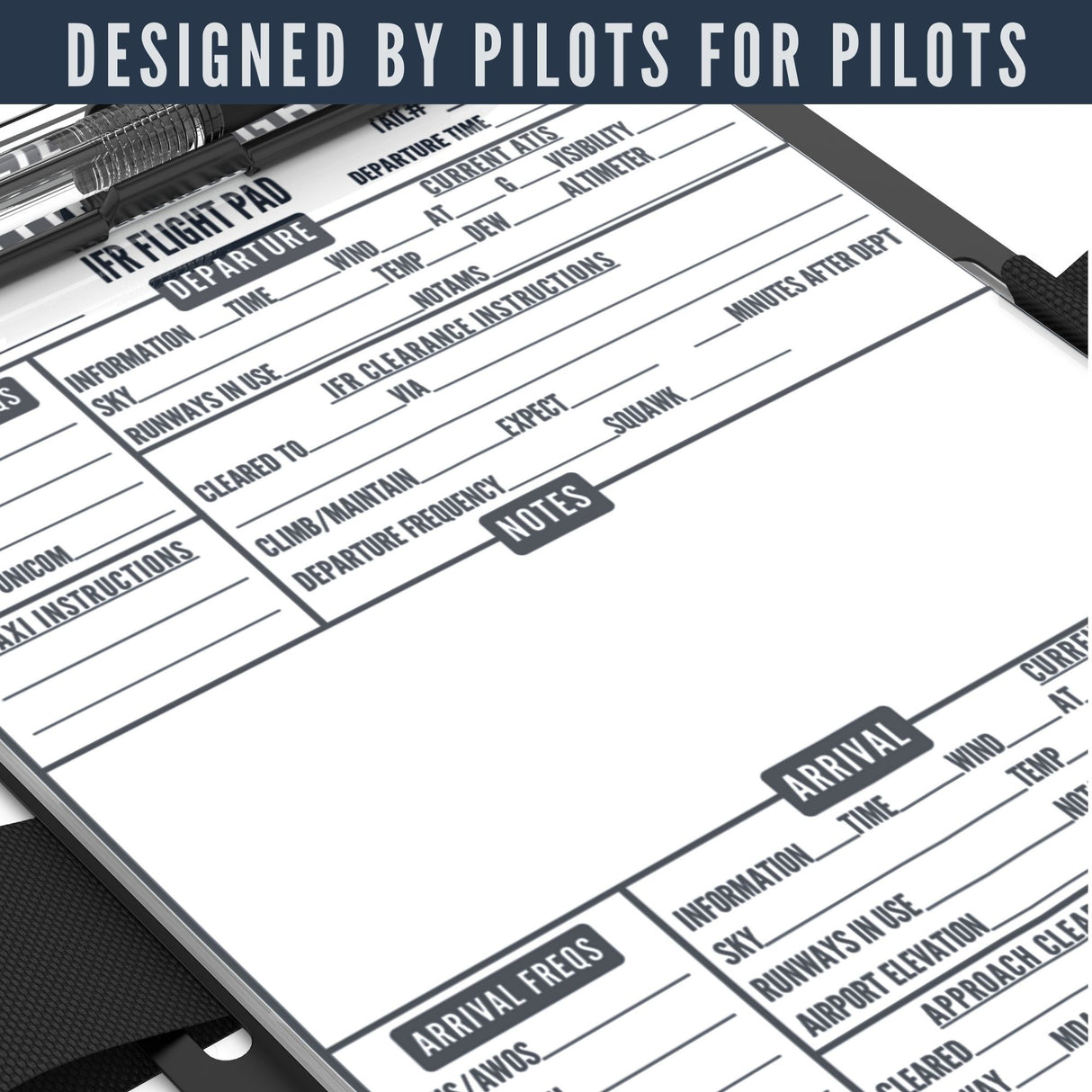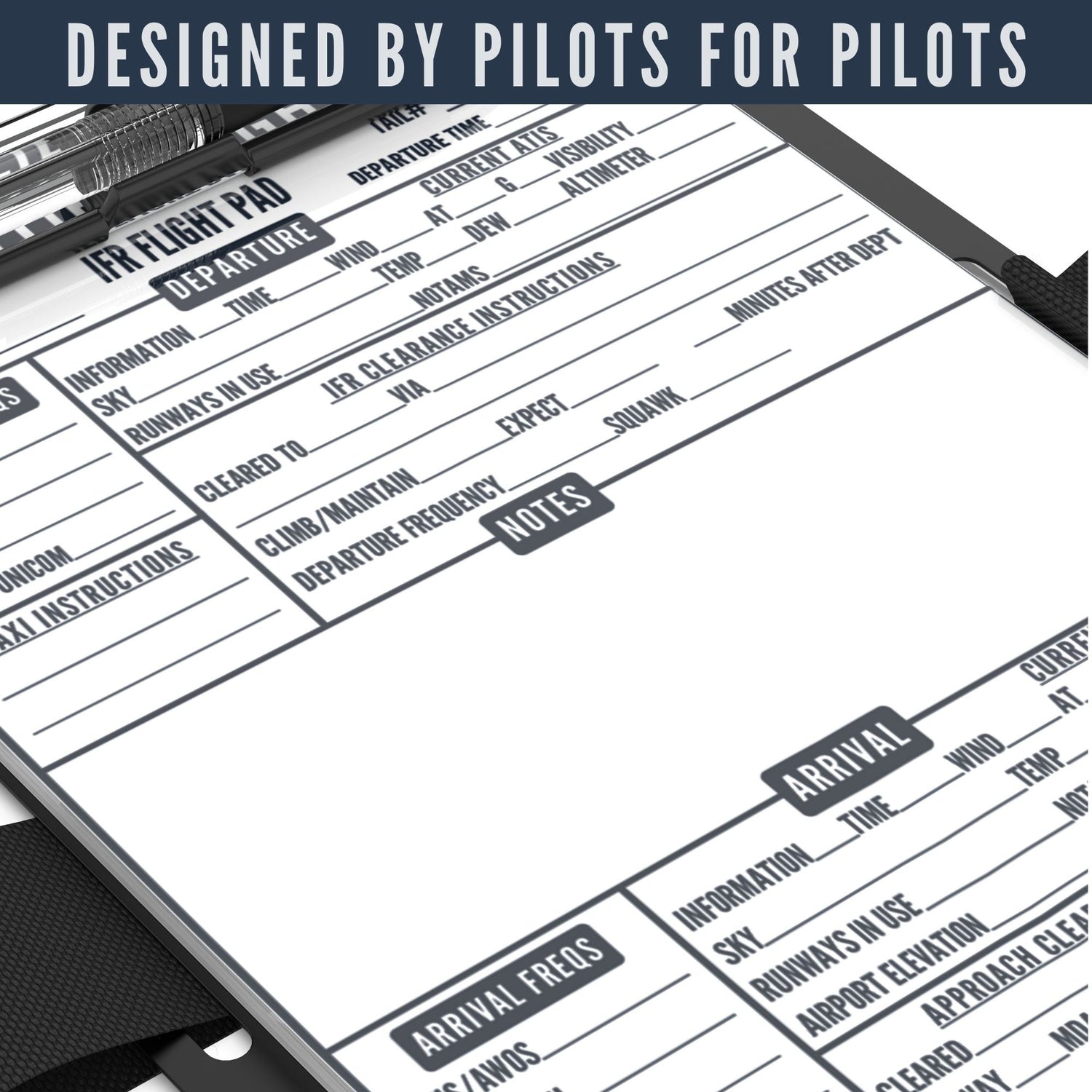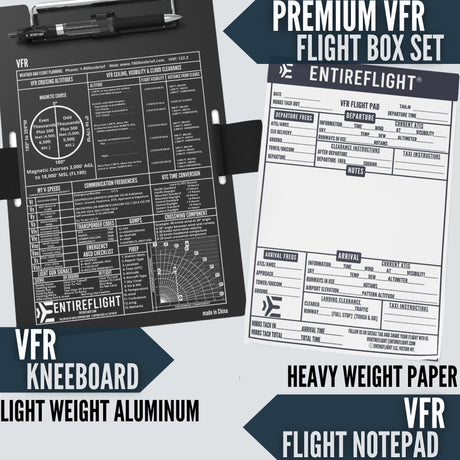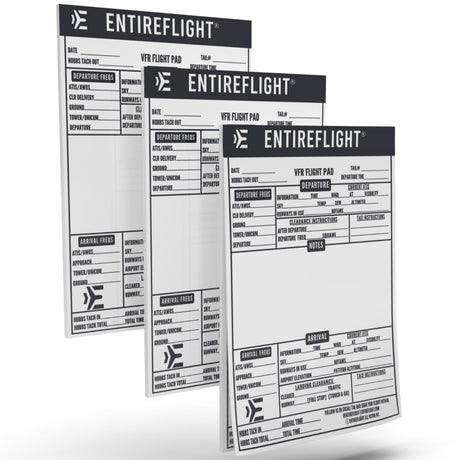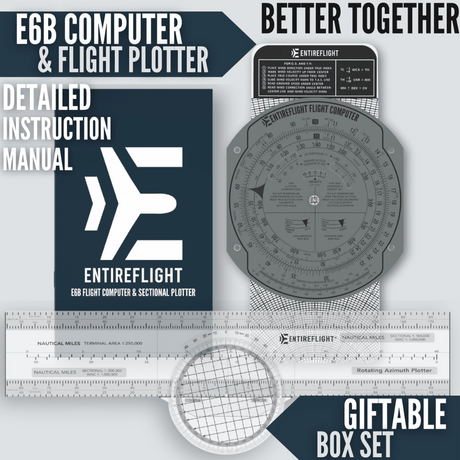In the vast expanse of the skies, precise navigation is the key to reaching your destination safely and efficiently. At the heart of every aviator's cockpit lies the heading indicator, a vital instrument that serves as the pilot's true north.
But what exactly is it, how does it work, and why is it a must-know for all pilots? Buckle up as we dive into the inner workings of this crucial tool, unlocking the secrets to seamless navigation!
Key Takeaways
- The heading indicator (also known as a gyro) is a critical instrument in aircraft navigation, providing pilots with accurate information about the aircraft's direction of travel.
- Accurate information is essential for maintaining straight and level flight paths, avoiding collisions, and ensuring safe navigation during flights.
- Signs of a failing heading indicator include erratic movements, incorrect readings, or a complete loss of functionality.
- Pilots can rely on alternative methods such as the compass, GPS, radio navigation aids, visual references, and other devices to determine aircraft direction in the event of a failure.
- Proper interpretation and response to a failing heading indicator involve monitoring for signs of failure and taking appropriate troubleshooting measures.
How Does a Heading Indicator Work and Why is it Important?
The heading indicator utilizes the principles of gyroscope stability and precession to determine the aircraft's orientation relative to magnetic north.
This information is essential for maintaining proper flight paths, avoiding collisions, and ensuring safe navigation throughout the entirety of the flight.
A direction indicator for safe and accurate navigation
Utilizing a gyroscope powered by a vacuum pump, the heading indicator offers accurate measures of the plane's orientation which aids pilots in maintaining their intended course, especially during an apparent drift away from the Earth's axis. In particular situations with low visibility or unreliable conditions, this tool proves to be indispensable for safe travel through skies.
Use A Heading Indicator or Directional Gyro in Flight Navigation
The heading indicator plays a vital role in ensuring safe navigation and preventing collisions during flight. Discover its importance and integration with other instruments for a comprehensive understanding of aviation safety.
Importance of accurate heading information for safe navigation
Accurate heading is of utmost importance for safe navigation during flight. The heading indicator provides pilots with essential data to maintain the correct direction of the aircraft, ensuring that they are on the intended flight path and avoiding any navigational errors.
Without accurate heading, pilots risk deviating from their planned route, which can lead to collisions with other aircraft or obstacles. By relying on the heading indicator, pilots can navigate through challenging conditions and maintain a smooth and safe flight experience.
Therefore, understanding how to interpret and respond to a failing heading indicator is crucial for every pilot's knowledge and skillset in ensuring proper navigation throughout their flights.
Role in maintaining proper flight paths and avoiding collisions
The heading indicator plays a vital role in maintaining proper flight paths and avoiding collisions. It provides pilots with accurate information, helping them navigate along designated routes and stay on track.
By constantly monitoring the heading indicator, pilots can ensure that they are staying within their planned flight path and not deviating into restricted or dangerous airspace. This instrument helps pilots avoid potential collisions with other aircraft by allowing them to make precise adjustments to their course if necessary.
Overall, this navigational device is essential for maintaining safety
How to Interpret A Gyroscope and Respond to Heading Indicator Errors
When faced with a failing heading indicator in flight, it is crucial for pilots to be able to interpret the signs of failure and respond accordingly.
Signs of a failing heading indicator
Failure can be identified by the following signs:
- Erratic movements of the instrument
- Incorrect readings that do not align with the aircraft's actual heading
- Complete loss of functionality where the instrument stops working altogether
Essential Information and Troubleshooting Measures
In this section, we will cover common errors and issues with heading indicators, proper maintenance and alignment procedures, troubleshooting steps for addressing inaccuracies or failures, as well as the importance of regular inspections and calibration.
Common errors and issues
Aircraft devices can sometimes experience errors or issues that pilots need to be aware of. Here are some common problems that may arise with heading indicators:
- Drift: Heading indicators can sometimes drift over time, resulting in inaccurate readings. It is important for pilots to regularly calibrate and align the instrument to ensure accuracy.
- Instrument failure: In some cases, heading indicators can experience complete failures due to mechanical or electrical issues. Pilots should be prepared to rely on alternative methods and instruments for determining their airplane's heading.
- Erratic movements: A malfunctioning heading indicator may exhibit erratic movements, such as sudden jumps or vibrations. This can make it difficult for pilots to obtain reliable information about their aircraft's direction.
- Incorrect readings: Another potential issue with heading indicators is providing incorrect readings, which can lead pilots astray during flight. Pilots must be attentive and cross-reference their heading indicator with other reliable sources of navigation information.
- Vacuum system problems: The gyroscope in the heading indicator relies on suction from a vacuum pump for its operation. Any issues with the vacuum system, such as low suction pressure or a failed pump, can affect the performance of the heading indicator.
- Aging and wear: Like any mechanical device, heading indicators are subject to aging and wear over time. Components may become worn or damaged, leading to inaccuracies or failures.
Proper maintenance and alignment procedures
Maintaining and aligning is crucial for accurate navigation and safety during flight. Here are some essential procedures to follow:
- Regular inspection for any signs of damage or wear.
- Ensure that all connections and electrical wires are secure and functioning properly.
- Check the alignment with a magnetic compass to ensure accurate readings.
- Calibrate the instrument according to manufacturer guidelines or as directed by a certified technician.
- Clean the heading indicator regularly to prevent dust or debris from interfering with its operation.
Troubleshooting steps for addressing inaccuracies or failures
To address inaccuracies or failures, follow these troubleshooting steps:
- Identify signs such as erratic movements, incorrect readings, or a complete loss of functionality.
- Cross - check the readings with other instruments, such as the magnetic compass or GPS, to confirm the accuracy of the readings.
- Check the vacuum system that powers the gyroscopic function. Ensure that the vacuum pump is properly functioning and that there are no leaks in the system.
- Reset by following the manufacturer's instructions. This may involve recalibrating or realigning the instrument to restore accurate readings.
- If troubleshooting measures do not resolve the issue, seek assistance from air traffic control or consult with a qualified avionics technician for further guidance.
Importance of regular inspections and calibration.
Regular inspections and calibration are crucial for ensuring its accuracy and reliability. By conducting routine inspections, pilots can identify any potential issues or malfunctions in the instrument before they become serious problems.
Calibration is also important to ensure accurate readings, which are essential for maintaining the correct direction during flight. Neglecting regular inspections and calibration can lead to inaccurate information, compromising flight navigation and safety.
Therefore, it is imperative for beginner pilots to prioritize these maintenance tasks to ensure a smooth and safe flying experience.
Alternative methods for determining aircraft heading
To determine aircraft heading in the event of a failure, there are several alternative methods that pilots can rely on. Here are some options:
- Magnetic Compass: This is a reliable instrument that uses Earth's magnetic field. It is important to note that the magnetic compass may be affected by nearby magnetic fields and must be properly calibrated.
- GPS (Global Positioning System): Pilots can use GPS systems for real-time information about the aircraft's position and velocity, including its heading.
- Radio Navigation Aids: Radio navigation aids, such as VOR (VHF Omnidirectional Range) or NDB (Non-Directional Beacon), can be used. These ground-based navigational systems transmit radio signals that pilots can interpret to establish their position.
- Visual References: In clear weather conditions, pilots can rely on visual references outside the aircraft. Landmarks, coastlines, or other prominent features can serve as temporary references until other navigational instruments are available.
- Flight Instruments: Other devices, such as the attitude indicator or turn coordinator, can provide some indication of the aircraft's direction of travel and assist in determining its heading.
Heading Indicator vs. Magnetic Compass: Comparison of Two Essential Aircraft Instruments
Navigation is essential in aviation, and pilots rely on various instruments to ensure precise and safe flight. Let's compare two of these navigational tools through a comparison table:
|
Feature |
Heading Indicator |
Magnetic Compass |
|
Principle of Operation |
Gyroscopic stability |
Magnetic alignment with Earth's magnetic field |
|
Dependence on Electricity |
Requires electrical power |
Non-electrical; functions independently |
|
Reliability during Turns and Accelerations |
Stable during dynamic maneuvers |
Prone to errors during turns and accelerations |
|
Reliability during Electrical Failures |
Vulnerable to electrical failures |
Acts as a reliable backup during electrical failures |
|
Correction for Gyroscopic Drift |
Requires periodic corrections (can be slaved to the magnetic compass) |
May experience deviations due to magnetic interference |
|
Accuracy at Magnetic Poles |
Remains accurate near magnetic poles |
Unreliable and fluctuates significantly near magnetic poles |
|
Simplicity and Intuitiveness |
Requires understanding of gyroscopic principles |
Provides a direct and intuitive indication of magnetic heading |
|
Cost and Complexity |
More expensive and complex |
Less expensive and simpler |
Most would agree that both are valuable instruments for aircraft navigation. The heading indicator offers stability and reliability during dynamic flight situations, but it depends on electrical power and requires periodic corrections for drift. On the other hand, the magnetic compass is a simple and intuitive non-electrical tool that serves as a reliable backup during electrical failures but is prone to errors during turns. To achieve optimal navigation accuracy, pilots often use both instruments in conjunction, leveraging the strengths of each.
Integration with other navigation instruments
The heading indicator is an integral part of the aircraft's navigation system, and it works in conjunction with other instruments to ensure accurate flight navigation. It often integrates with instruments like GPS, radio navigation aids, and the magnetic compass to provide pilots with comprehensive information.
This integration allows pilots to cross-reference multiple sources of data and make informed decisions during flights. By utilizing these integrated navigation instruments together, pilots can enhance their situational awareness and improve overall flight safety.
FAQs
Q: Why is it important for pilots to master the heading indicator?
A: Because it serves as a primary reference for the aircraft's heading. By understanding how the instrument works and how to align and interpret it correctly, pilots can maintain accurate directional control of the aircraft.
Q: How does it work?
A: It works by utilizing a gyro, which is a spinning wheel that aligns itself with the earth's magnetic field. As the aircraft turns, the gyro remains fixed in space. The instrument then displays the heading based on the gyro's orientation.
Q: What is mechanical and apparent drift?
A: Mechanical drift refers to the errors caused by friction and other mechanical factors. Apparent drift, on the other hand, occurs due to external factors such as acceleration and precession, which can momentarily affect the accuracy of the instrument.
Q: How does the heading indicator correct for errors?
A: This is done through a process called realigning. Pilots need to periodically reset the heading indicator to the aircraft's magnetic heading using the magnetic compass as a reference point. This helps to eliminate any accumulated errors and ensures accurate information.
Q: Why are older heading indicators more difficult to read?
A: They are more difficult to read due to wear and tear, lack of proper maintenance, or outdated design. These factors can lead to reduced visibility or inaccurate indications, making it challenging for pilots to interpret the instrument's readings.
Q: What should a pilot do to align the heading indicator?
A: A pilot should set the indicator to match the magnetic heading. This is typically done by referencing the aircraft's magnetic compass and adjusting accordingly.
Q: How does the heading indicator correct for apparent drift?
A: By continuously sensing the aircraft's movements, the gyroscope can compensate for these drifts and provide an accurate heading indication.



